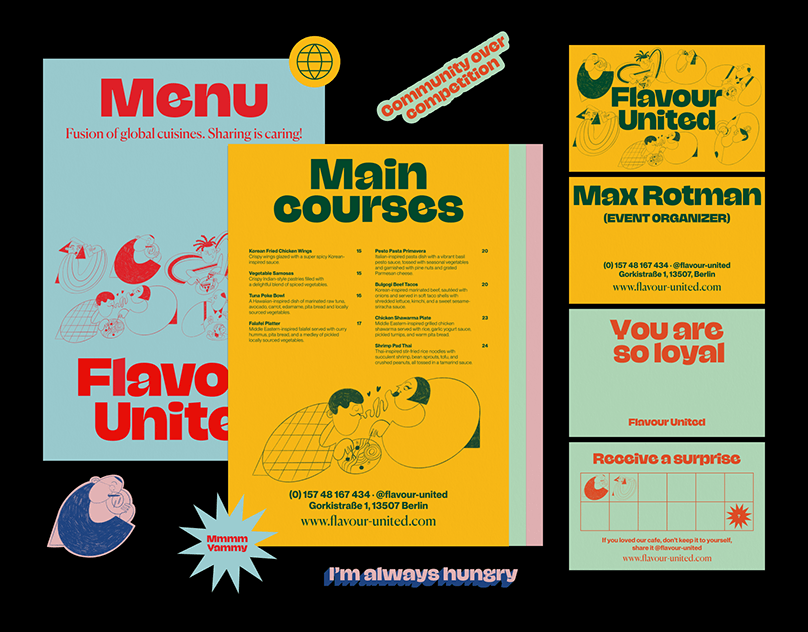BRIEF
Investigate and critically analyse ideas or concepts of people who are strongly involved in ecology and research design responses to aspirations and challenges faced by people who would like to implement strong eco-principles and ideas into practice.
Develop an architectural narrative that explores how eco-principles can be integrated into an urban context and establish feasible approaches to promoting sustainability within a city environment.
During a site visit to Lammas eco-village, I identified that a great number of the products that are visible on each of the separate plots of the site are reused and recycled products. The materials used to build the residents buildings are locally sourced renewable materials that are adaptable to change and totally sustainable. Each product and material can be applied to the development of the plot in a variety of ways depending on the creative vision and interpretation of each resident. Their understanding of the properties of materials and their potential ensures that every material has a purpose and can be reused to fulfill another purpose to the residents benefit. Whilst, not every item onsite is locally sourced such as recycled doors and windows, products purchased from the ‘outside world’ were always reused or recycled onsite wherever possible to aid with the development of the system in place on each plot and buildings are retrofitted to allow for the installation of these fixed components. If certain items had no further use on site, they were transported to recycling facilities outside the Lammas complex.

SYSTEM OF RENEWAL AND DISPOSAL
In contrast to the ecologically sensitive lifestyle the residents of Lammas eco-village have adopted, the capitalist, consumerist lifestyle global society adopts today follows a linear waste management process consisting of the repeated extraction and disposal of material. This unsustainable approach to the manufacturing of products involves the extraction of non-renewable raw materials which once disposed of in landfill or incinerated cannot be reused and reintegrated back into society.



SYSTEM OF 'ZERO WASTE' - CIRCULAR ECONOMY
The concept of a circular system of production allows for materials to flow within a cycle of reuse and recycling where products can be recycled on a regular basis without the issues of downcycling occurring. As a result, this minimises the demand to extract additional non-renewable raw materials and the materials are continually reused, reformed and reintegrated into society without the loss of quality of product.


Whilst there exists methods to recycle and reuse products such as clothes, electronics and household appliances, there are restricted available strategies for managing bulky waste. The solidity and inflexibility of large pieces of bulky waste makes transportation of obsolete items challenging.
In some instances, the lack of a system to the local community combined with insufficient transportation facilities can lead to fly-tipping.

UNDERSTANDING PRODUCT DESIGN
To increase the rates of recycling and re-usability potential of goods, the relationship between consumer and product should be enhanced. This would allow the consumer to understand the process and construction of the product they are purchasing and can then therefore visualize potential for alternative function.
The most effective and consistent way to improve this relationship is to focus on the construction and components that make up bulky waste. Bulky waste in many instances have the properties to be dismantled into it’s relative components. In this sense, an understanding of the various components and their role within the structure of the item can be achieved easily.
Once dismantled from its primary function, a component can be interpreted and visualised an many fashions that can suit a future function thus extending the lifespan of the that compnent.


BULKY WASTE INTEGRATION TO OUR STREETSCAPE
The integration of dismantled pieces of bulky waste, in particular pieces of furniture, to an existing urban environment can create an alternative perspective on the aesthetic appeal of the streetscape. In this sense, the cladding attachment of reused elements onto an existing structure would add a personal and original interpretation to the environment whilst maintaining the properties for potential reuse without wastage.









